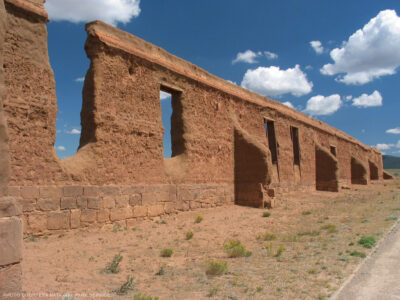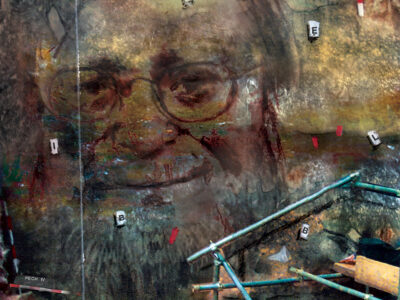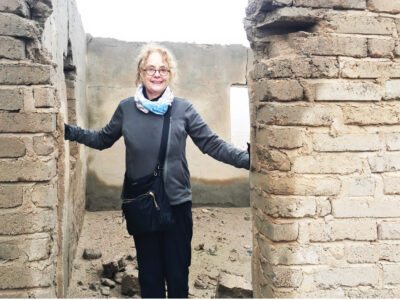The two institutions had a request. They wanted Philadelphia’s Court of Common Pleas to approve a petition to “confirm the removal of 448 unidentified human skeletal remains and numerous anatomical specimens” unearthed at a construction site last year. Then they wanted permission to move said remains to a nearby cemetery, and move the anatomical specimens to a museum.
The institutions were the University and Children’s Hospital of Philadelphia (CHOP). The construction site was part of the old Philadelphia Civic Center, on which a new Cancer Center is rising. The 448 skeletal remains discovered there were some of 19th-century Philadelphia’s poor and indigent, who spent their last days at the Blockley Almshouse, later replaced by Philadelphia General Hospital (and, later still, by CHOP and other medical buildings). The cemetery in question is the Woodlands Cemetery; and the museum slated to receive the anatomical specimens is the Mutter Museum of the College of Physicians in Philadelphia. The court approved the request this past March.
“It was an undocumented burial ground,” explains Dr. Thomas Crist, a forensic archaeologist and anthropologist (and adjunct assistant professor in the dental school’s pathology department) who was working for the firm of Kise Straw & Kolodner when the remains were discovered in February 2001. But while there was “nothing extraordinary” about the remains themselves, he said, “both Penn and Children’s Hospital should be commended for doing the right thing. They found a large number of human remains on the property, and spent a considerable amount of money to disinter them. They could have looked the other way, and they didn’t. We thought what they did was most respectful. Even the judge mentioned that.”




